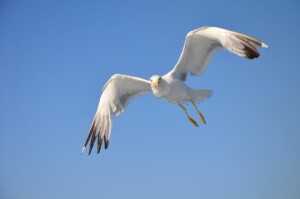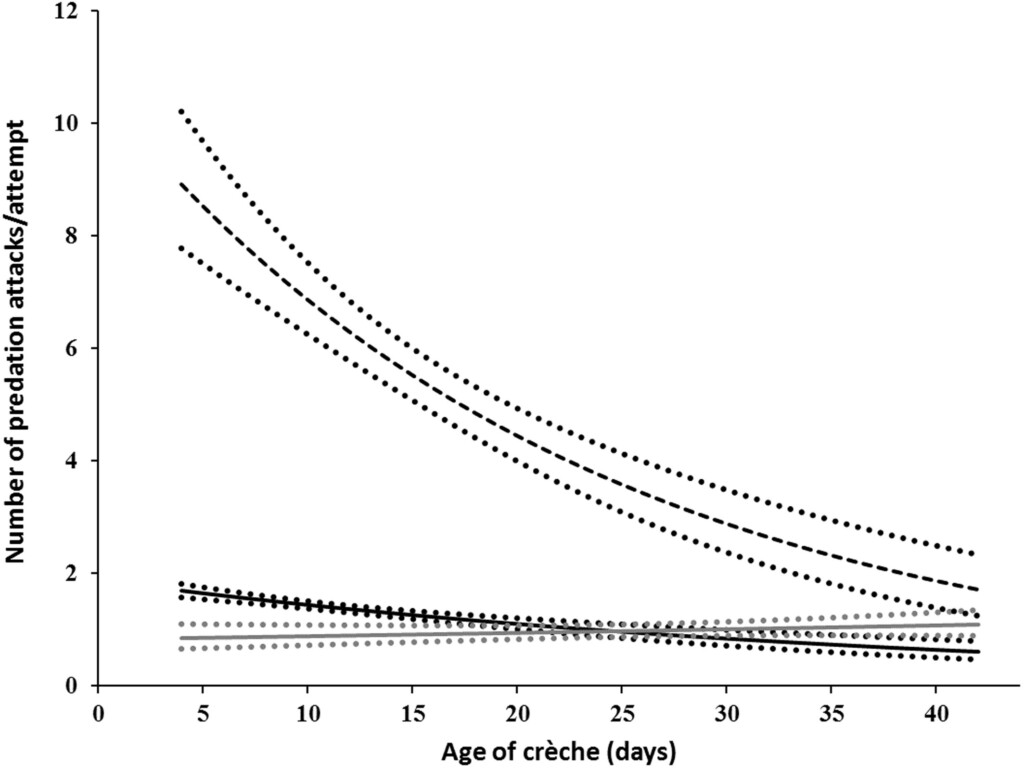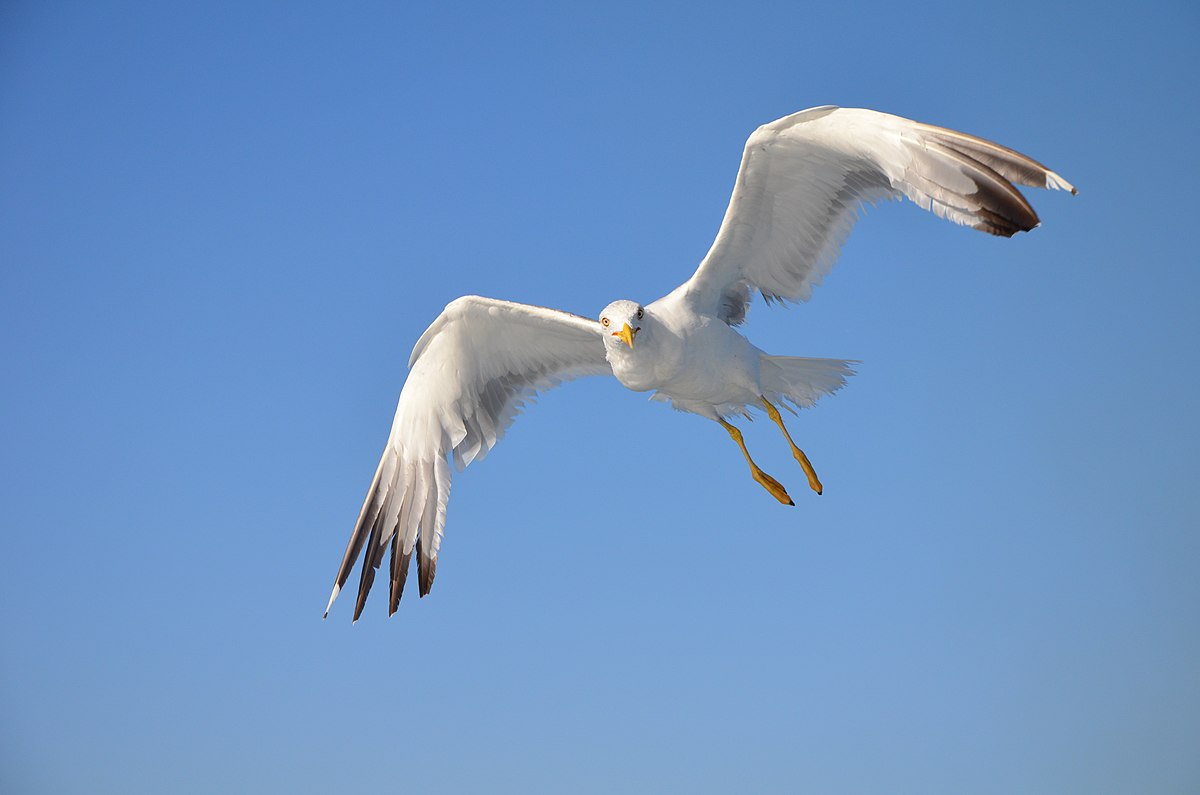
LINKED PAPER
Disturbance-dependent Yellow-legged Gull (Larus michahellis) predation on Larid chicks decreases with chick age. Chokri, M. A., Hamza, F., Bennour, C., Almalki, M., & Besnard, A. 2023. IBIS. DOI: 10.1111/ibi.13122. VIEW
Ground-nesting birds have evolved several traits and behaviours to limit nest predation. The patterns on eggs and the coloration of chicks often provide great camouflage, preventing predators from locating the nest (Moreno & Osorno 2003). If predators do manage to find the nest, the parents will attack and drive them away from the eggs or the chicks (Picman et al. 2002). However, these traits and behaviours might be insufficient under certain conditions, such as anthropogenic disturbance. Indeed, a recent Ibis-study found that predation by Yellow-legged Gulls (Larus michahellis) on the nests of Slender-billed Gulls (Chroicocephalus genei) increased with disturbance.
Humans and dogs
Mohamed Ali Chokri and his colleagues studied a colony of Slender-billed Gulls in Sfax Salina, Tunisia. During the breeding season, they followed the fate of the gull chicks – which gather in crèches – from a mobile hide. Each predation attempt by Yellow-legged Gulls was noted down, including the presence of any disturbance by humans or stray dogs. These observations revealed that disturbance increased predation pressure. Yellow-legged Gulls were more likely to approach the chicks after a disturbance. Moreover, the disturbance effect was more pronounced when stray dogs entered the colony compared to humans. The chicks probably regard dogs as potential predators whereas they have become habituated to passing humans (Baudains & Lloyd 2007).

Figure 1. Number of predation attacks per attempt by Yellow-legged Gulls on Slender-billed Gull chicks under different types of disturbance: no disturbance (black line), humans (grey line), stray dogs (dashed black line). Notice the effect of disturbance decreases with chick age.
Mobility
The disturbance by dogs and humans triggered the parents to leave the chicks alone, exposing them to the predatory Yellow-legged Gulls. However, the effect of disturbance on predation decreased over time. Most predation attempts occurred during the first period of chick-rearing. This finding can be explained by the increase in mobility with chick age (Anderson & Alisauskas 2001). Older chicks can run away from predators or find safety on the water. Alternatively, the behaviour of the Yellow-legged Gulls might have changed over time. Perhaps they switched to other food sources, such as waste dumps (Isaksson et al. 2016). Who wants to chase Slender-billed Gull chicks when there is an all-you-can-eat buffet nearby?
References
Anderson, V.R. & Alisauskas, R.T. (2001). Egg size, body size, locomotion, and feeding performance in captive king eider ducklings. The Condor 103: 195–199. VIEW
Baudains, T.P. & Lloyd, P. (2007). Habituation and habitat changes can moderate the impacts of human disturbance on shorebird breeding performance. Animal Conservation 10: 400–407. VIEW
Isaksson, N., Evans, T.J., Shamoun-Baranes, J. & Åkesson, S. (2016). Land or sea? Foraging area choice during breeding by an omnivorous gull. Movement Ecology 4: 11. VIEW
Moreno, J. & Osorno, J.L. (2003). Avian egg colour and sexual selection: does eggshell pigmentation reflect female condition and genetic quality? Ecology Letter 6: 803–806. VIEW
Picman, J., Pribil, S. & Isabelle, A. (2002). Antipredation value of colonial nesting in yellow-headed blackbirds. The Auk 119: 461–472. VIEW
Image credits
Top right: Yellow-legged Gull (Larus michahellis) | Gzzz | CC BY-SA 3.0 Wikimedia Commons
Blog posts express the views of the individual author(s) and not those of the BOU.
If you want to write about your research in #theBOUblog, then please see here



